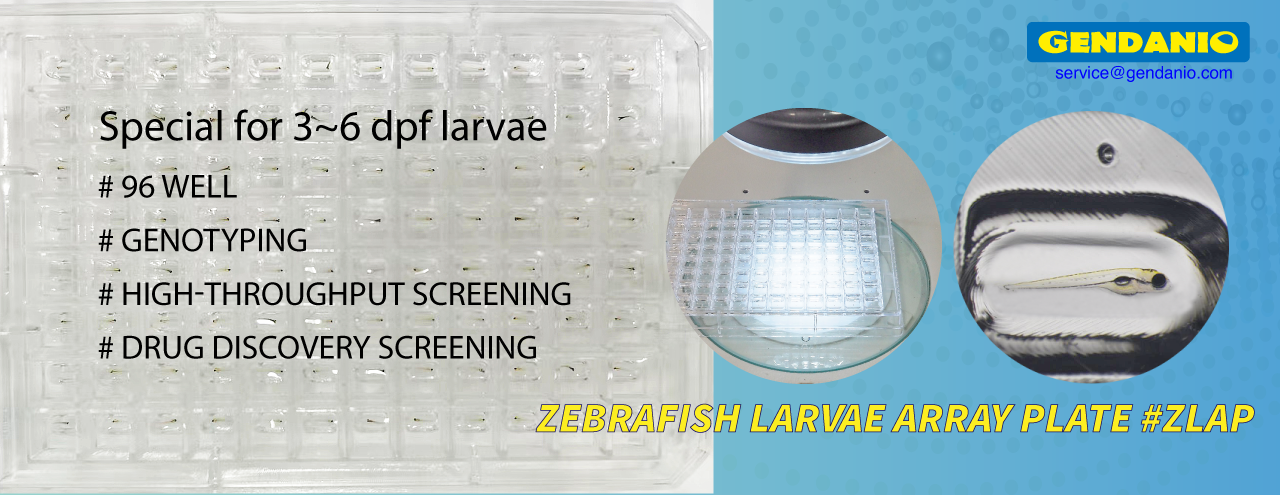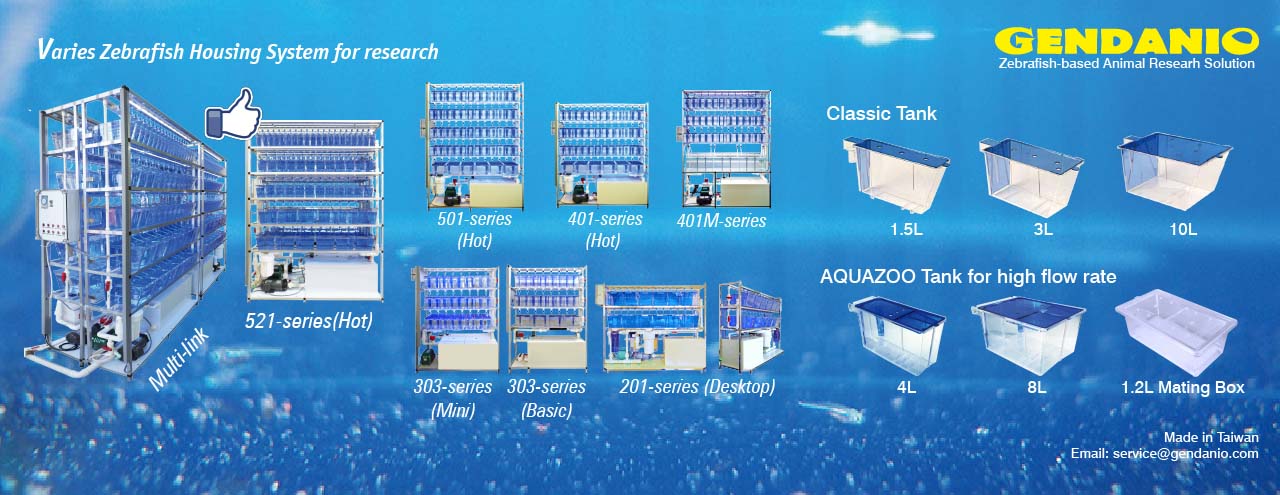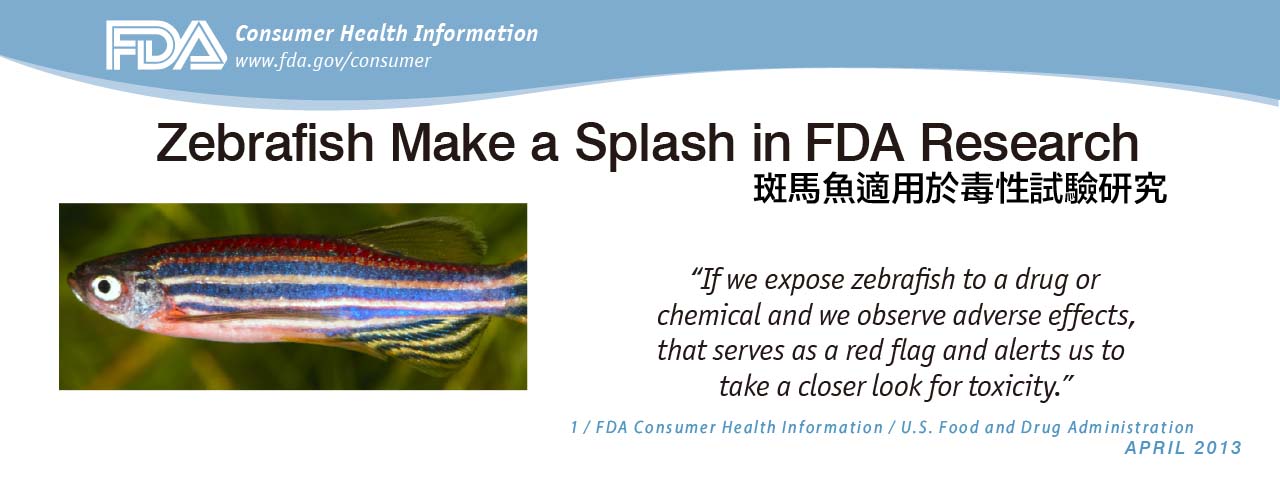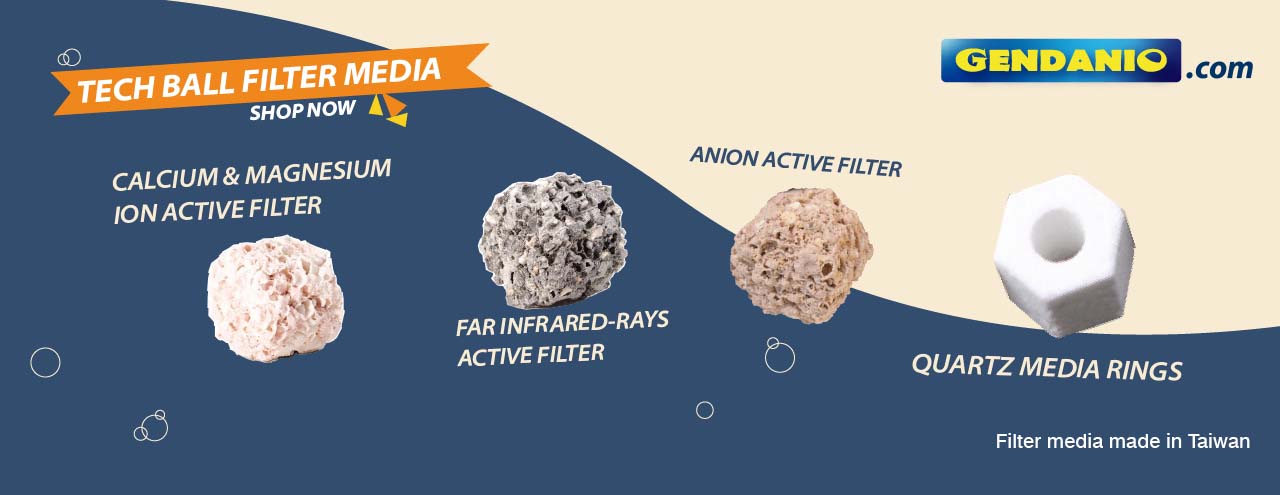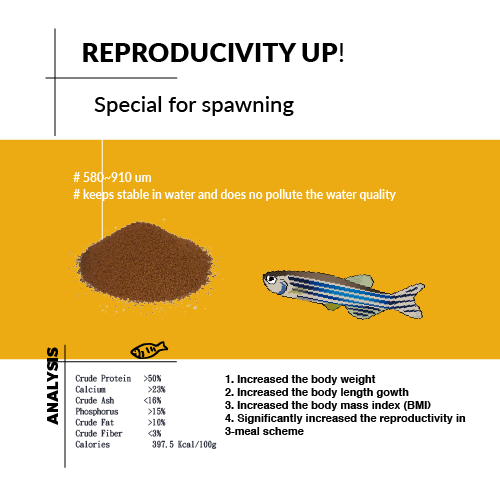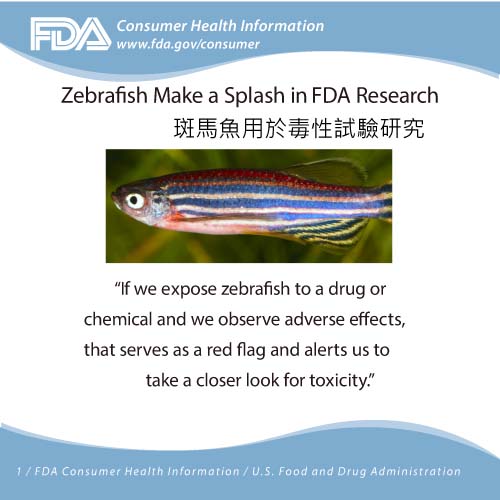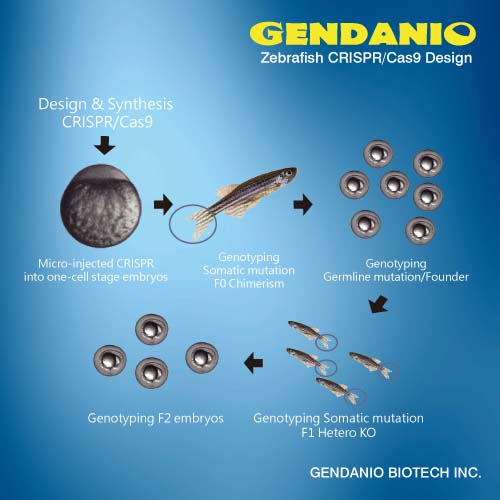Zebrafish embryos are a model for studying effects of environmental stressors on development. Incomplete combustion of the environmentally-relevant volatile petrochemical, 1,3-butadiene (BD) yieldsbutadiene soot (BDS) nanoparticles,to which polynuclear aromatic hydrocarbons (PAHs) are adsorbed.In mammalian cells these PAHs are concentrated in lipid droplets and trigger up-regulation of biotransformation, oxidative stress and inflammatory genes. The present study was designed todetermine whether: a) PAH-rich BDS elicits alterations in zebrafish embryo development; b) BDS-exposed zebrafish embryos sequester PAHs in select tissues; and c) developmental abnormalities are correlated with altered gene expression patterns.1-day old zebrafish embryos were exposed for 48 hrs to BDS (0, 6, 30 or 60 μg/ml) sprinkled on the water surface. PAH localization was tracked by fluorescence. Developmental responses (pericardial edema, yolk sac swelling, axial malformations) were monitored by microscopy. Gene expression changes were assessed by gene microarray and qRT-PCR. Our results show thatPAHs localized with endogenous lipids in the yolk sac and in hatching gland cells. PAHs were retained at least 8 days after exposures ended. Dose-dependent pericardial and yolk sac edema and axial malformations were prominent and accompanied by up-regulation of biotransformation and oxidative stress gene cascades. Thus, zebrafish embryos should be useful for predicting the potential for developmental toxicity following exposure to PAH-rich petrochemical soots, e.g., those arising from attempts at oil spill remediation by combustion.
Soruce: ScienceDirect- Read More


